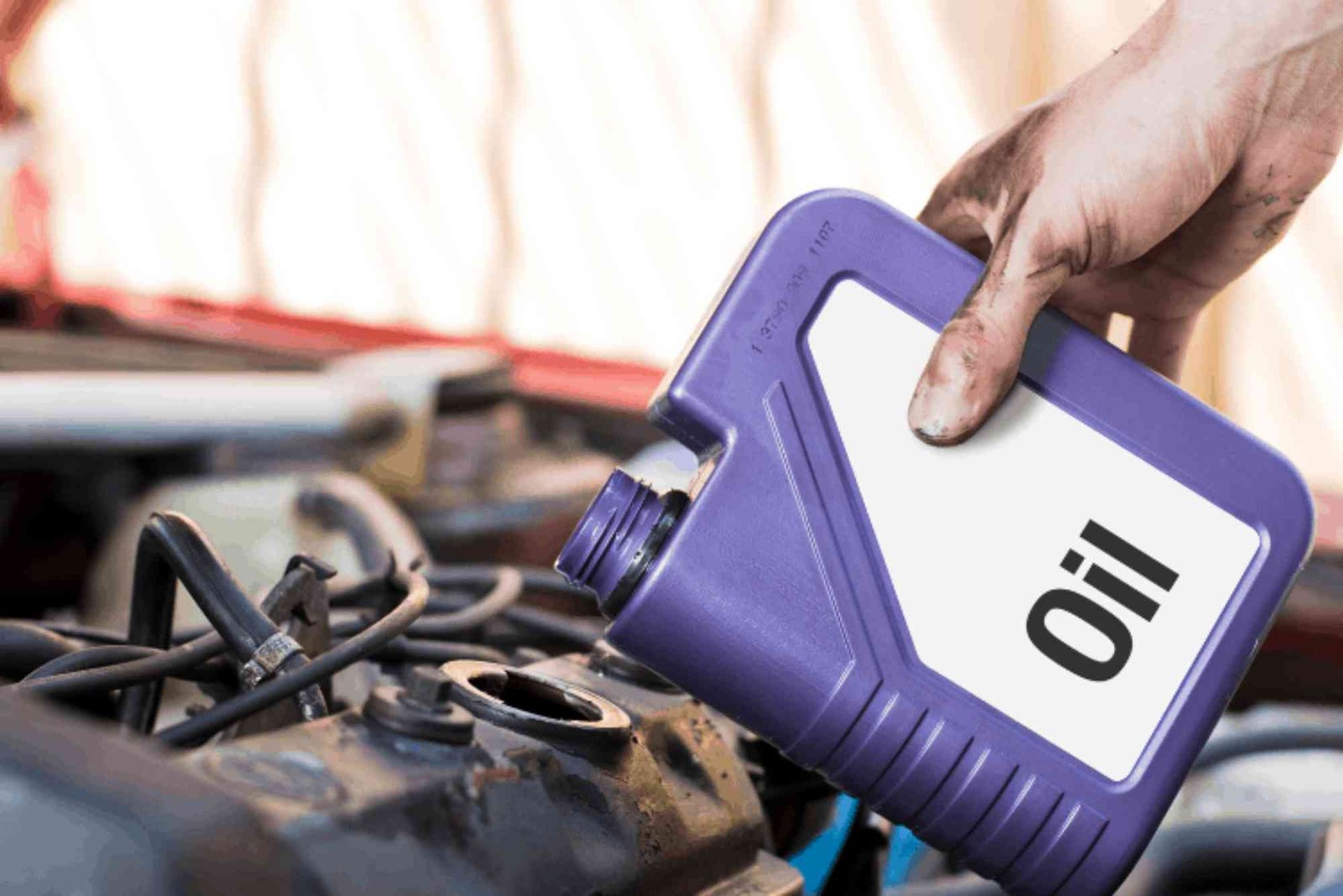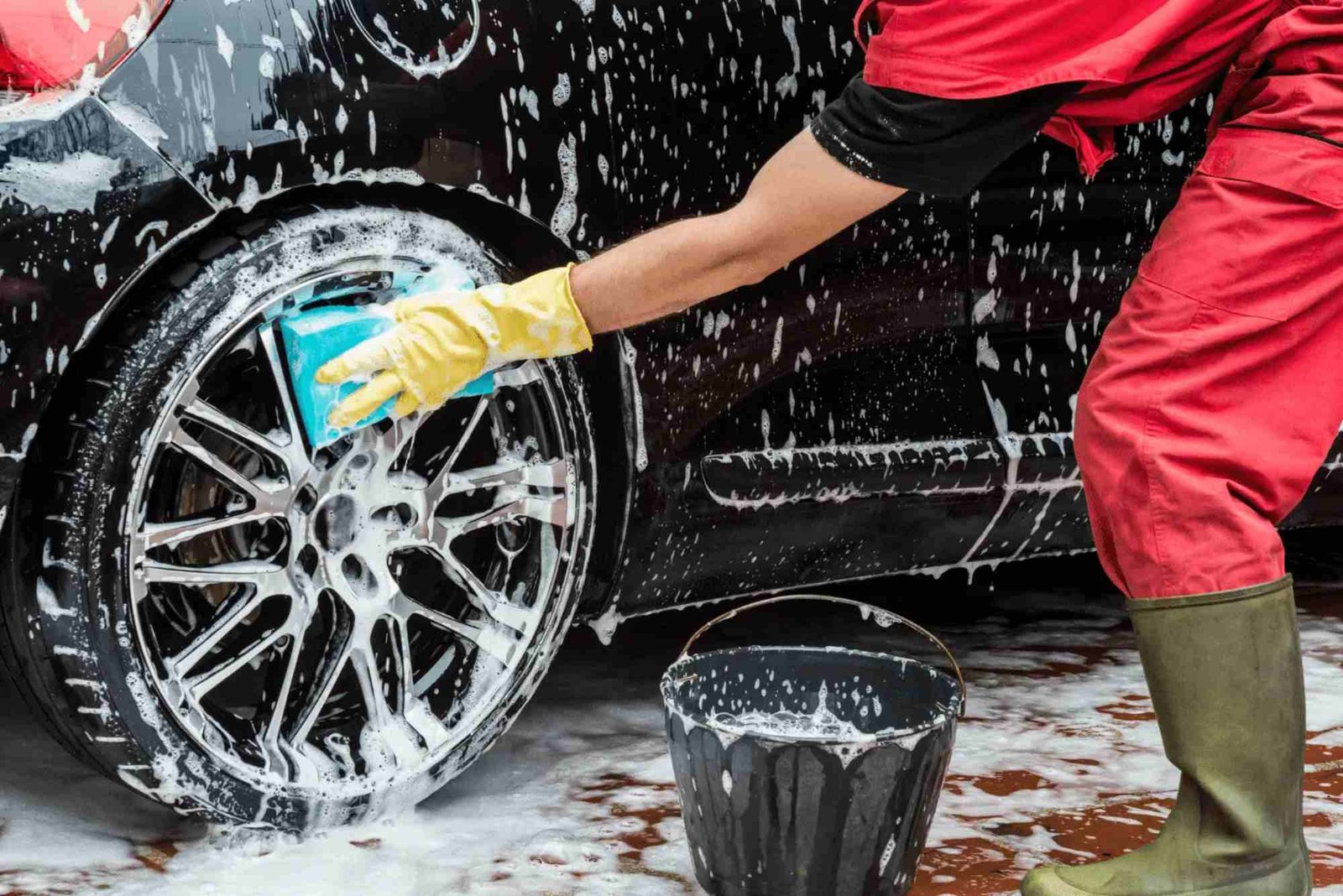Changing your car’s oil is one of the simplest yet most important maintenance tasks for keeping your vehicle running smoothly. Many drivers underestimate how often they should change their oil or rely on outdated rules of thumb. Knowing when and how to perform an oil change can prevent costly repairs and extend your car’s life. This guide provides expert insight into how often car oil change tips and common mistakes can make all the difference in your car’s performance.
Why Regular Oil Changes Matter
Oil serves as the lifeblood of your vehicle’s engine. It lubricates moving parts, reduces friction, and prevents overheating. Over time, oil breaks down and becomes contaminated with dirt, debris, and engine byproducts. When that happens, it loses its ability to protect the engine, which can lead to wear, corrosion, and eventual failure. Regular oil changes keep your engine clean, efficient, and long-lasting.
Modern vehicles, unlike older models, use synthetic or semi-synthetic oils that last longer and provide better protection. However, even these advanced oils degrade over time. Following a regular oil change schedule ensures your engine always performs at its best.
How Often Should You Change Your Car Oil?
The old rule of thumb—changing your oil every 3,000 miles—is outdated. Modern engines and oils are far more efficient. Most automakers now recommend oil changes every 5,000 to 7,500 miles. Some high-performance synthetic oils can even last up to 10,000 miles.
The correct interval depends on your car’s make, model, driving habits, and the type of oil used. If you frequently drive in extreme temperatures, heavy traffic, or dusty environments, you might need more frequent oil changes. For a deeper explanation, check this in-depth look at how often car oil change that breaks down various car types and conditions.
Regularly checking your owner’s manual or onboard maintenance reminder system is the best way to stay informed. Remember that the oil filter also needs replacement at each oil change, as it captures dirt and contaminants that accumulate over time.
Key Tips for Maintaining Your Engine Oil
Keeping your engine oil in top condition requires attention and consistency. Always check your oil level using the dipstick, especially before long drives. Make sure your car is parked on level ground and the engine is cool before you do this. Clean oil should appear amber and smooth, while dirty oil will look dark and gritty.
If you notice a burning smell, reduced fuel efficiency, or strange noises from the engine, these can be signs that your oil needs changing sooner than expected. Using the manufacturer-recommended oil grade is also crucial. The right viscosity ensures proper lubrication under different temperature conditions, maintaining your car’s overall performance.
It’s also worth mentioning that cheap oil changes might save money upfront but can cost more in the long run. Using low-quality oil or skipping filter replacements can lead to sludge buildup, poor fuel economy, and engine damage.
Common Mistakes to Avoid When Changing Oil
One of the most common mistakes drivers make is waiting too long to change their oil. Delaying this simple maintenance can cause your engine to overheat or seize up. Another common error is using the wrong oil type. Each engine is designed for a specific viscosity, and using the wrong one can reduce efficiency or cause internal wear.
Another overlooked mistake is not tightening the oil drain plug or filter properly. A loose plug can cause leaks, while overtightening can strip the threads. Always double-check your work after performing an oil change or ensure your mechanic follows proper torque specifications.
Adding too much oil is another issue. Overfilling can cause pressure buildup, leading to leaks or foaming that reduces lubrication. Always stick to the manufacturer’s recommended oil capacity.
Some drivers forget to reset the oil change indicator on the dashboard, which can lead to confusion about when the next change is due. Resetting it after every service ensures accurate reminders and helps maintain your maintenance schedule.
Signs It’s Time for an Oil Change
Even if you’re following the recommended intervals, some signs indicate it’s time to replace your oil sooner. A dark, dirty appearance is one clear sign. Another is hearing knocking or ticking noises from your engine, which means the oil isn’t providing enough lubrication.
Decreased engine performance, sluggish acceleration, or overheating may also suggest it’s time for fresh oil. If your oil pressure warning light comes on, don’t ignore it. Check your oil level immediately and top up or replace as needed.
Drivers who frequently make short trips may also need more frequent oil changes. Short drives don’t allow the engine to reach optimal temperature, causing moisture and contaminants to build up in the oil faster.
Synthetic vs. Conventional Oil: What’s Best for You?
Synthetic oils offer superior protection, better temperature resistance, and longer intervals between changes compared to conventional oils. They flow more easily in cold weather and resist breakdown under high heat. However, they also cost more.
Conventional oil works fine for older cars or those with lower mileage. Many drivers find a blend—called semi-synthetic oil—to be a good compromise between performance and cost.
Your vehicle’s manual will specify the best type of oil. If in doubt, consult a trusted automobile basics guide to understand how oil type affects your engine.
How Driving Habits Affect Oil Life
Driving habits play a significant role in determining how long your oil lasts. Stop-and-go driving, idling in traffic, or frequently towing heavy loads put extra stress on the engine. These conditions increase oil temperature and contamination rates.
Highway driving, on the other hand, is easier on the engine because it maintains steady speeds and allows oil to circulate efficiently. If you live in a region with extreme weather—very hot or cold climates—you may also need to adjust your oil change schedule accordingly.
Monitoring your driving patterns helps you anticipate when maintenance is due, rather than relying solely on mileage.
The Environmental Impact of Oil Changes
Improperly disposing of used motor oil can harm the environment. Always take your used oil to a certified recycling center or service station that handles oil disposal. Many auto parts stores and repair shops offer free recycling programs.
Recycling oil not only protects the environment but also conserves resources. Recycled motor oil can be cleaned, refined, and reused, reducing the need for new oil production.
Keep Your Engine Healthy with Regular Oil Changes
Knowing how often to change your car oil and avoiding common mistakes are key to maintaining your vehicle’s health. Regular maintenance saves money, improves performance, and ensures your engine lasts for years. Don’t ignore the signs that your oil needs changing or rely on outdated advice.
For expert maintenance tips and trusted automotive insights, visit our editorial partner for more professional car care resources. Keep your vehicle running like new by staying proactive about oil changes and overall maintenance.
Frequently Asked Questions
How often should I change my car oil if I don’t drive much?
Even if you don’t drive often, oil should be changed at least once a year. Oil degrades over time, even when the car is not in use.
Can I mix synthetic and conventional oil?
Yes, but it’s not ideal. Mixing the two dilutes the benefits of synthetic oil and may affect performance. Stick to one type for consistency.
What happens if I don’t change my oil?
Old oil loses its ability to lubricate and protect the engine. This can lead to increased wear, overheating, and even engine failure.
How do I know what oil my car needs?
Check your owner’s manual. It lists the recommended oil type, viscosity, and capacity for your specific vehicle.
Is it safe to change my car’s oil myself?
Yes, if you have the right tools and knowledge. Always follow safety precautions and dispose of used oil properly.




